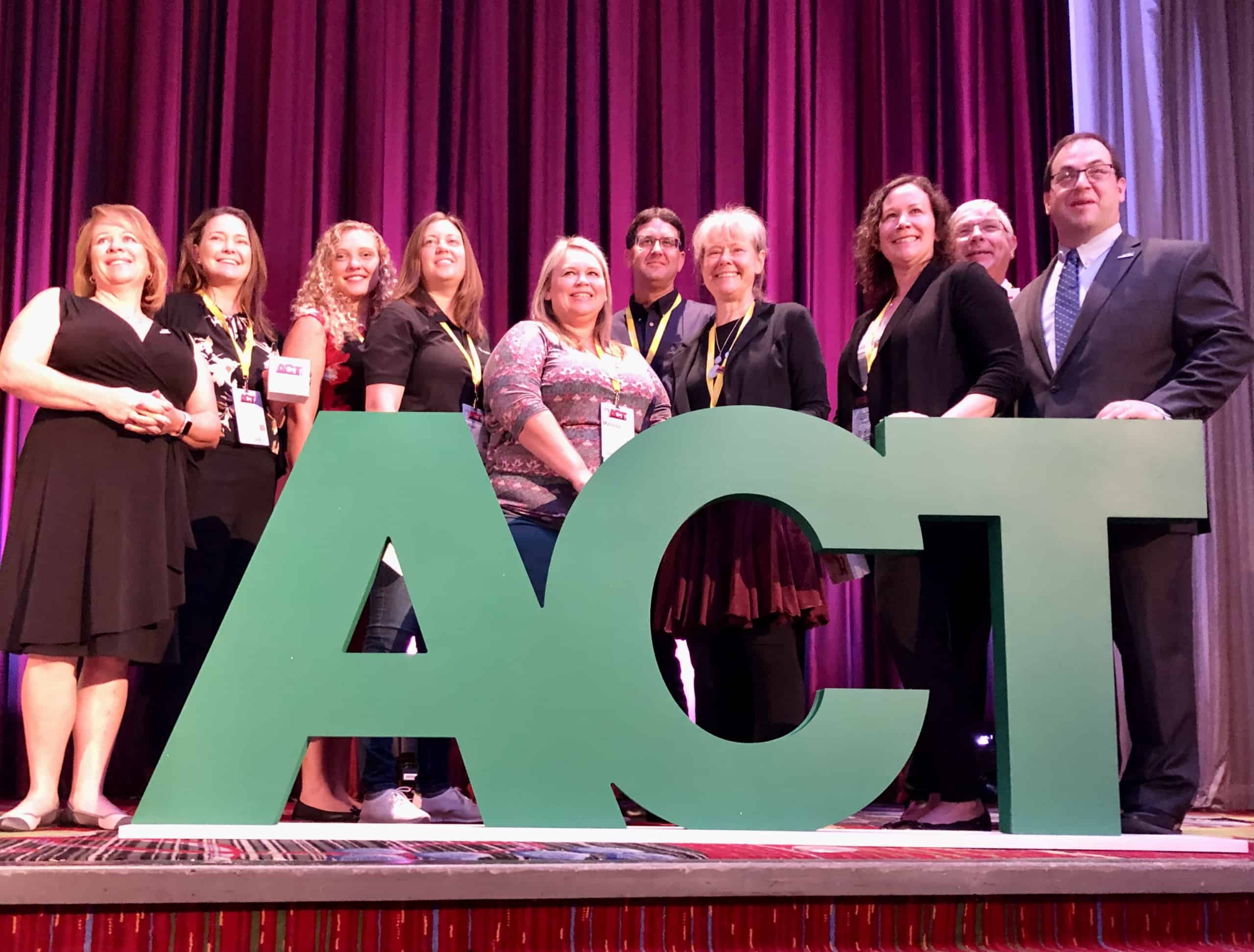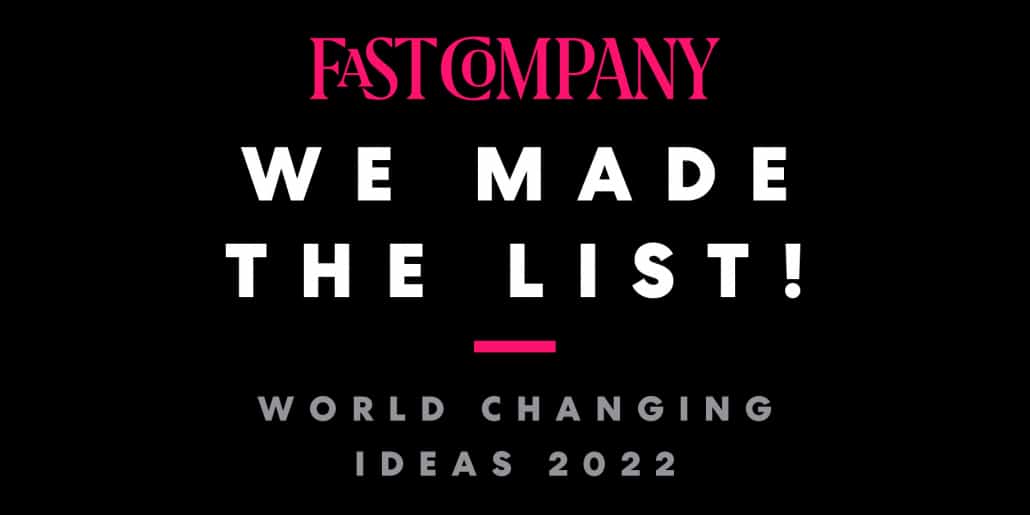User Research and Behavioral Science: Insights to Help Change Commuters’ Behavior
Pave Commute’s Austria-based head of technical research, Florian Daniel, recently appeared on the Product by Design podcast to discuss user research, behavioral science, and how they can be used to change commuters’ behavior. The podcast focused on behavioral science’s ability to generate insights that help solve difficult problems, and its growing set of applications in the transportation demand management (TDM) space.
The Motivation to Change Commuters’ Behavior
Florian lives in the mid-size Austrian city of Linz. He became motivated to help change commuters’ behavior by a combination of personal experience and a desire to improve his community.
Car-based commuting remains a leading default mode in the Linz area, particularly for people who live outside the city proper and need to travel in for work. Congestion is a major problem on weekdays: traffic snarls are commonplace, and it negatively impacts commuters’ quality of life. People in Linz also regularly use cars to travel distances that could easily be covered on a bicycle.
These two factors prompted Florian to focus his efforts on improving rideshare rates in the city and encouraging commuters to shift to active transportation modes.
Behavioral Psychology and Changing Commuters’ Behavior
Car-centric commuter culture is a deeply ingrained phenomenon, with many people continuing to engage in it out of a combination of habit and convenience. Florian notes that the key to success is not to get commuters to try a different mode, but to get them to stick with a new, more sustainable way of getting to work over the long term.
To that end, Florian emphasizes that commuter apps like the Pave Commute platform are capable of giving users the “nudge” they many need to make their mode shifts permanent. One key reason is that Pave Commute allows end users to see the quantifiable impact they are having by using alternatives to solo driving. This helps reinforce positive feelings about more sustainable commuting choices, which can go a long way toward driving lasting ways of changing commuters’ behavior.
Emphasizing the Positive Impacts of Mode Shift
Florian also touched on the multiple ways in which encouraging employees to shift modes stands to create both individual and organizational benefits. He used the example of a mid-size company, in which 90% of employees commute by car.
Encouraging even 10% of those commuters to change modes would create a dramatic reduction in the company’s parking requirements. This, in turn, would enable the business to repurpose unused parking spots into a green space for team members to enjoy during meal and break times. Employees would have a more enjoyable work environment, which stands to have a positive effect on their overall mindset and job satisfaction.
A similar principle applies to individual commuters. As anyone who regularly drives to work through a congested area knows, it isn’t much fun to be stuck in a car sitting in traffic. Walking and cycling are much more fun, and they’re also healthier. Shared modes allow commuters to shift their attention from driving onto other tasks, which could improve their productivity or allow them to create a more meaningful mental “buffer zone” between their work and personal lives.
The Value of Research in TDM Product Development
Florian characterizes his technical research role as a kind of bridge between the software development and business development sides of Pave Commute. Interestingly, he notes that research plays a critical role in securing the necessary funding to develop next-generation TDM products.
Building a business case for carrying out user research in the interests of getting cars off the road is a straightforward proposition. Funding grants also enable TDM product developers to liaise with academic experts at universities and other institutions, which generates more authoritative and valuable results.
The Ongoing Need for Continued Product Adaptation
Florian’s experiences also point to the necessity of looking at TDM platforms as dynamic creations that need to change and grow over time. Sometimes, he notes, the development team will be excited about a new software feature or integration, only to see it not perform as intended when actual users engage with it. The accompanying learning process reinforces the idea that TDM is an ever-changing field that requires constant revisiting of core concepts and established methods of achieving results.
Where Things May Be Headed
Florian also weighs in on the established and emerging dynamics that stand to impact both transportation policy and the commuter experience in North America, Europe, and beyond. One major such factor is the increased regulatory activity focused on mitigating the negative impacts of climate change.
In Florian’s opinion, policy efforts should focus primarily on employers, who should be tasked with providing their team members with a flexible set of more sustainable commuting options. Approaches that use the proverbial “stick” to punish individual commuters based on their transportation choices are, in his opinion, divisive and therefore less desirable.
Autonomous vehicles could also prove to be a game-changer in the not-too-distant future. They hold the impact to dramatically reduce the number of user-operated vehicles on the road, especially during peak commuting times.
Get Engaged and Help Change Commuters’ Behavior with Pave Commute
RideAmigos solutions like Pave Commute help organizations build happier, more sustainable, and more productive work environments with user-friendly and effective commuter management products. Commuter benefits are a low-cost, high-impact perk that make a meaningful difference in the everyday lives of team members.
Our platform can help change commuters’ behavior through an innovative combination of applied behavioral science, artificial intelligence, and advanced mobile technology. To learn more, or to discover our platform’s potential to benefit your workplace, please contact us to get started.





